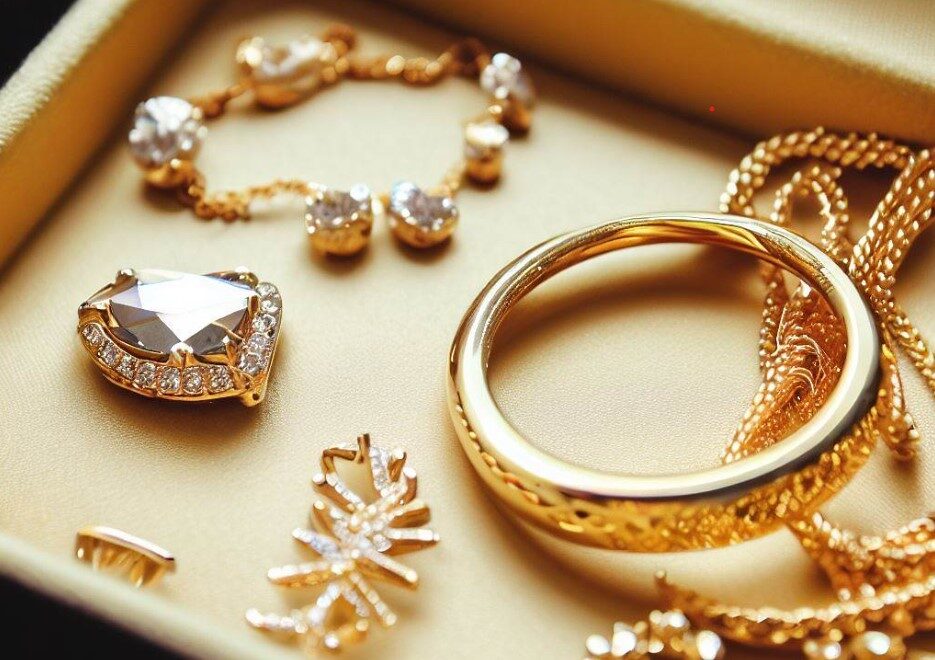Gold has been a symbol of wealth, power, and beauty for centuries. From ancient civilizations to modern times, people have been fascinated by its lustrous appearance and intrinsic value. But with so many counterfeit pieces flooding the market, how can you be sure your gold jewelry is the real deal? In this article, we’ll teach you several methods to determine the authenticity of your precious pieces.
Understanding Gold Jewelry
Before we dive into the testing methods, it’s important to understand the basics of gold jewelry. Gold is a soft metal, which makes it unsuitable for creating durable pieces of jewelry. To overcome this issue, gold is mixed with other metals to form alloys. These alloys are typically measured in karats (K), with 24K gold being the purest form. Common gold alloys include 18K, 14K, and 10K.
Methods to Test Gold Jewelry
- Look for Hallmarks: One of the easiest ways to determine if your gold jewelry is real is by looking for hallmarks or stamps. These markings typically indicate the purity of the gold, such as “14K” or “18K.” Keep in mind that the absence of a hallmark doesn’t necessarily mean your piece is fake; it could be older or from a different country.
- Magnet Test: Real gold is not magnetic. To perform this test, simply hold a strong magnet near your piece of jewelry. If it is attracted to the magnet, it’s likely not real gold.
- Ceramic Plate Test: For this test, you’ll need an unglazed ceramic plate. Gently rub your gold jewelry against the plate, leaving a streak. If the streak is black, it’s likely not real gold. If the streak is gold in color, your piece is likely authentic.
- Nitric Acid Test: This test should be performed with caution and only as a last resort. Nitric acid will dissolve base metals, leaving gold unaffected. To perform this test, make a small scratch on your jewelry and apply a drop of nitric acid. If the metal dissolves, it’s not real gold. If there’s no reaction, it’s likely genuine.
Seeking Professional Help
If you’re still uncertain about your gold jewelry’s authenticity, consider seeking the help of a professional jeweler or appraiser. These experts have access to specialized tools, such as electronic gold testers and X-ray fluorescence machines, which can accurately determine the purity of your gold.
Conclusion

Gold jewelry is an investment, and it’s essential to ensure you’re purchasing genuine pieces. By learning how to test your gold jewelry at home and seeking professional help when needed, you can confidently build your collection and enjoy the beauty and value of real gold.
And now, for a little gold-related humor:
Why did the gold bar go to school?
Because it wanted to get a little more polished!
Remember, when it comes to gold, it’s always better to be safe than sorry. So, don’t be afraid to put your jewelry to the test to ensure you’re dealing with the real deal. Happy gold hunting!

As a jewelcraft master, I have spent years honing my craft and perfecting my skills in creating beautiful, high-quality fine jewelry. I take great pride in my work, and I am always striving to create pieces that are unique, elegant, and timeless. In addition to creating jewelry, I also love to share my knowledge and passion with others through writing. That’s why I enjoy blogging about fine jewelry, where I can provide insight into the design process, share interesting industry news and trends, and offer tips on how to care for and style jewelry.




